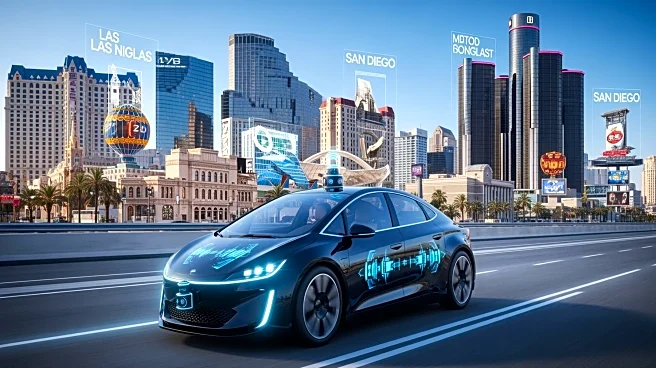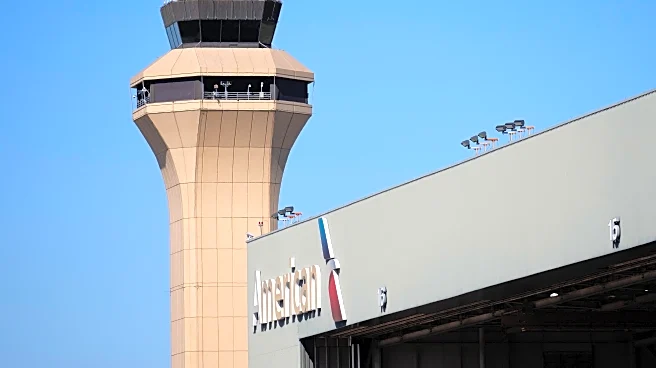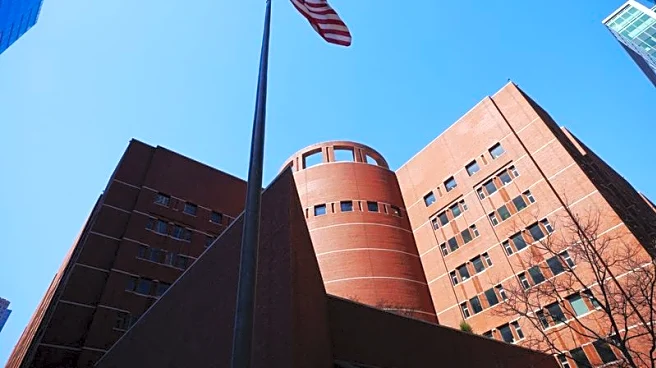What's Happening?
Waymo, a leader in autonomous vehicle technology, is set to introduce its self-driving taxi service in San Diego by 2026. The decision to expand to San Diego is based on the city's similarities to other locations where Waymo's services are already operational,
such as Los Angeles, Phoenix, and San Francisco. San Diego Mayor Todd Gloria has expressed support for the initiative, highlighting the potential benefits of increased accessibility and sustainability in local transportation. Waymo plans to collaborate with ride-sharing giants Lyft and Uber, allowing users to book rides through these platforms. Pricing for the rides will vary based on factors like time and distance, with the cheapest option available through the respective apps.
Why It's Important?
The introduction of Waymo's self-driving cars in San Diego represents a significant step forward in the evolution of urban transportation. By integrating autonomous vehicles into the city's infrastructure, San Diego could see improvements in traffic efficiency and reductions in emissions, aligning with broader sustainability goals. The partnership with Lyft and Uber also suggests a shift in the ride-sharing market, potentially offering consumers more options and competitive pricing. This development could influence public policy and urban planning, as cities across the U.S. consider the implications of autonomous vehicle technology on public transportation systems and infrastructure.
What's Next?
As Waymo prepares for its 2026 launch in San Diego, the company will likely focus on ensuring the safety and reliability of its autonomous vehicles. Regulatory approvals and public acceptance will be crucial factors in the successful deployment of the service. Stakeholders, including city officials and transportation agencies, may engage in discussions to address potential challenges and opportunities presented by the integration of self-driving cars. Additionally, the collaboration with Lyft and Uber could lead to further innovations in ride-sharing services, potentially setting a precedent for other cities considering similar technological advancements.
















